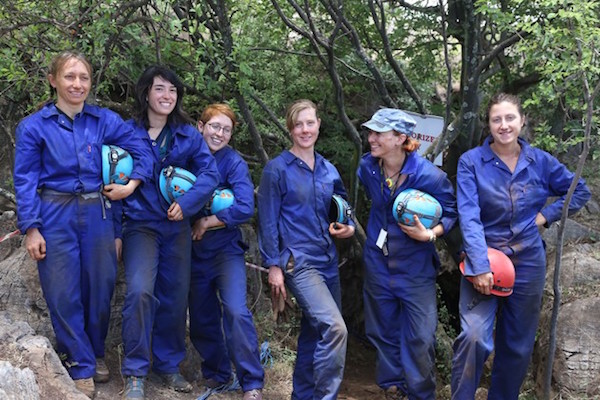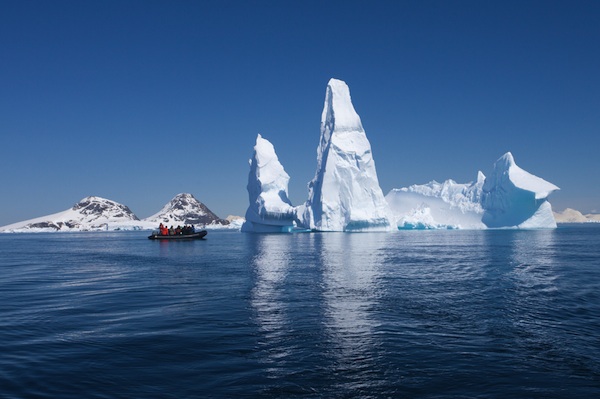Lee Berger led a team of trowel-blazing scientists behind one of the richest collections of hominin fossils ever discovered Lee Berger put his ad up on Facebook on October 7th, 2013. He needed diggers for an exciting expedition. They had to have experience in palaeontology or archaeology, and they had to be willing to drop everything and fly to South Africa within the month. “The catch is this—the person must be skinny and preferably small,” he wrote. “They must not be claustrophobic, they must be fit, they should have some caving experience, climbing experience would be a bonus.”“I thought maybe there were three or four people in the world who would fit that criteria,” Berger recalls. “Within a few days, I had 60 applicants, all qualified. I picked six.” They were all women and all skinny—fortunately so, given what happened next. Berger, a palaeoanthropologist at the University of the Witwatersrand, sent them into the Rising Star Cave, and asked them to squeeze themselves through a long vertical chute, which narrowed to a gap just 18 centimeters wide. That gap was all that separated them from the bones of a new species of ancient human, or hominin, which the team named […]
Continue reading... →Dawn Shaughnessy and her team at the Heavy Element group are working to make chemistry class even harder. There is no element named after her (yet), but Dawn Shaughnessy—a relatively young chemist at Lawrence Livermore National Laboratory—is one of the more prolific researchers in the small world of scientists who seek to create entirely new entries to the periodic table that most of us learned about in grade school. The team she leads, the Heavy Element Group, was part of the discovery of three out of the four new elements announced last week in collaboration with researchers in Russia and Tennessee. In total, she’s helped discover 6 of the 26 new elements added since 1940 (one, Livermorium, was named after her lab). In an AMA on Reddit, she talked about how she became a scientist and where some of the current limits of science need to be stretched in order for new discoveries to continue in her field. Shaughnessy once wanted to become a doctor or surgeon, but by the time she got to middle school, she became interested in science. By high school, she realized chemistry was her calling. She hopes more kids consider her path: “I think that […]
Continue reading... →In an awesome display of women power, 78 female scientists are heading off on a 20-day voyage to Antarctica in order to observe and discuss the impacts of a warming world. The voyage is part of the Homeward Bound outreach initiative, which will take place over 10 years in order to build a team of 1000 women in science. Their collaboration will enable for increased leadership, strategizing and group action when it comes creating a better future for the planet. The voyage, setting off in December 2016, will have a crew that will include globally recognised women of influence including Dr Jane Goodall, renowned primatologist and environmental activist. The project is the brainchild of Australian leadership expert Fabian Dattner and marine ecologist of the Australian Antarctic Division Dr. Jess Melbourne-Thomas. Their dream of uniting powerful women in science and engineering was inspired by the ability of women to have huge influence within their communities. A key focus will be the absence of women’s voices in science and government, especially when it comes to climate change. There is also a visible absence of women in key decision-making roles around the world, which is posing a challenge to gender equality and collaborative […]
Continue reading... →

